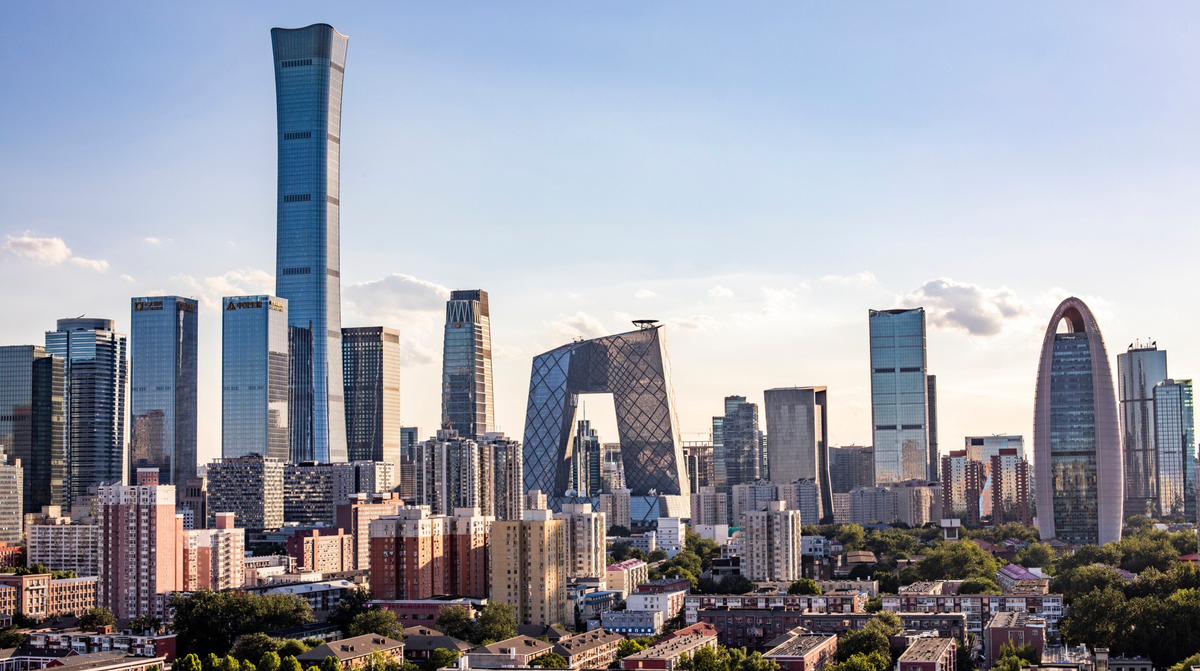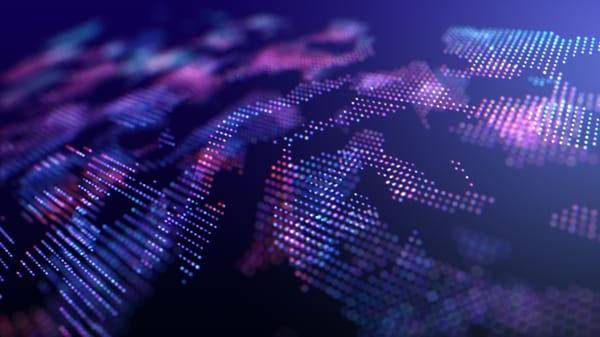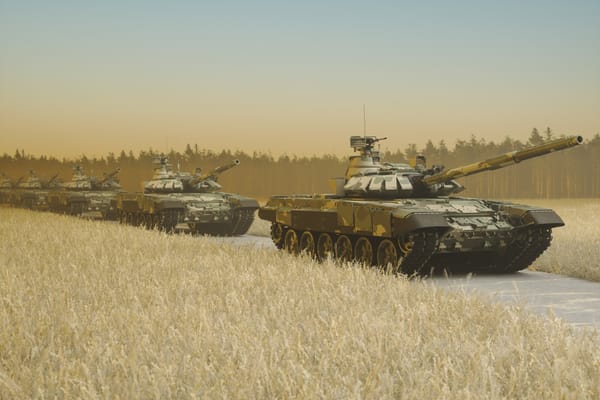🇨🇳 Beijing (北京)

Beijing is a city of contrasts: millennia of imperial history are juxtaposed against gleaming skyscrapers, centuries-old hutongs stand beside innovative tech corridors, and ancient traditions coexist with groundbreaking modernization. As China’s capital and political epicenter, Beijing exerts an enormous influence on one of the world’s largest and fastest-growing economies—granting it a central role in global affairs. From hosting major international summits to spearheading technological innovations, Beijing commands attention across economic, political, and cultural dimensions.
First and foremost, Beijing is the seat of China’s central government, housing key institutions like the Great Hall of the People, Zhongnanhai, and numerous ministries that guide national policy. This central position means that decisions affecting one of the planet’s most populous nations and influential economies are made here. Moreover, Beijing’s status as a diplomatic hub is reinforced by the presence of nearly all foreign embassies in mainland China, welcoming heads of state and hosting high-profile negotiations that can shape geopolitical landscapes.
Beyond politics, Beijing is also a cultural powerhouse. It has a long tradition of scholarship and artistry, exemplified by famous institutions such as the Palace Museum (housed in the Forbidden City) and the centuries-old Peking Opera. Today, the city champions cutting-edge research, technological startups, and educational excellence, exemplified by world-renowned universities like Tsinghua and Peking University. Meanwhile, cultural events—such as the Beijing International Film Festival and the Beijing Design Week—underscore the city’s role in shaping contemporary aesthetics and ideas. In short, whether in governance, economy, or culture, Beijing stands as one of the most powerful and consequential cities on Earth.
Statistics
Beijing’s position as a global powerhouse is reflected in its formidable statistics. The municipality’s population officially stands at around 21 million residents, making it one of the most populous capitals in the world. This figure swells even further when accounting for migrant workers who have moved to the city in search of economic opportunities. Given China’s rapid urbanization over the last few decades, Beijing has consistently grown in size, with an urban footprint that now includes large suburban and peri-urban areas, such as Tongzhou, Daxing, and Shunyi districts.
A key measure of the city’s strength is its economic output. The Beijing metropolitan area boasts a Gross Domestic Product (GDP) that regularly places it among China’s top-performing regions. In 2022, for instance, Beijing’s GDP surpassed 4 trillion RMB (approximately USD 600 billion), reflecting robust growth in sectors such as finance, technology, real estate, and cultural tourism. Home to countless multinational corporations, state-owned enterprises, and innovative startups, Beijing also anchors a technology corridor that includes neighboring Tianjin and Hebei Province—often referred to collectively as the Jing-Jin-Ji region. This regional integration amplifies Beijing’s economic clout, facilitating the movement of talent, goods, and capital.
Infrastructure statistics further attest to Beijing’s might. The city is served by multiple airports—Beijing Capital International Airport and the newer Beijing Daxing International Airport—both of which rank among the busiest air hubs globally. On the ground, a sprawling subway system of over 20 lines and more than 700 kilometers of track helps ferry millions of commuters daily, demonstrating Beijing’s commitment to meeting the demands of a rapidly growing population and economy.
History
Beijing’s path to becoming one of the world’s most influential capitals is etched into its ancient walls, imperial palaces, and modern corridors of power. Its history can be divided into several significant periods that illustrate how the city evolved:
Early Settlements and Mongol Influence (Pre-15th Century)
The area that would become Beijing was inhabited as far back as the Zhou Dynasty, though it did not gain full prominence until the Yuan Dynasty in the 13th century under Mongol rule. Kublai Khan established what was known as Dadu as the dynasty’s capital, transforming the city into a vital political and commercial center. The grid-like urban planning from this era influenced subsequent expansions.
Ming and Qing Dynasties (15th–20th Centuries)
Following the fall of the Yuan Dynasty, the city was renamed Beiping before being designated the imperial capital by the Yongle Emperor of the Ming Dynasty. Renamed Beijing, it became the seat of imperial power, boasting grand architectural projects like the Forbidden City and the Temple of Heaven. Under the Qing Dynasty, Beijing continued to evolve, hosting a cosmopolitan mix of officials, scholars, and merchants who shaped the city’s cultural and political life. This era left behind much of the iconic imperial architecture that remains a testament to the city’s storied past.
Republican and Communist Eras (20th Century)
The early 1900s saw Beijing, then known as Peking, become a battleground for competing warlords and political factions. When the People’s Republic of China was founded in 1949, Beijing was reinstated as the national capital. In the decades since, it has undergone dramatic transformations—wide boulevards, socialist-style housing blocks, and modern high-rises emerged alongside Communist Party institutions.
Modernization and Global Emergence (21st Century)
Since the late 20th century, Beijing has been at the forefront of China’s economic reforms. The city’s successful hosting of the 2008 Summer Olympics showcased its rapid modernization to the world. Today, Beijing continues to blend its imperial past with a futuristic skyline, embodying China’s broader narrative of tradition meeting innovation.
Outlook
Over the next 10–20 years, Beijing’s trajectory will be shaped by both its continued economic ascendancy and the myriad challenges that accompany rapid development. On the positive side, the city is well-poised for further growth in high-tech industries, advanced manufacturing, and service sectors. As the central government continues to advocate for domestic innovation—often referred to as “indigenous innovation”—Beijing’s clusters of research universities, tech start-ups, and multinational R&D centers will likely remain at the forefront of pioneering new technologies. Government initiatives aimed at transitioning China from a manufacturing-led economy to one driven by knowledge and service sectors will further bolster Beijing’s role as an innovation hub.
Infrastructure projects will also play a key role in the city’s future. The expansion of the subway network and ongoing integration with the wider Jing-Jin-Ji region—encompassing Tianjin and Hebei—should ease congestion and spur economic synergy. Beijing Daxing International Airport, heralded for its futuristic design and capacity, is set to become an even more significant global aviation hub. These developments will not only facilitate the movement of people and goods but also cement Beijing’s reputation as an international gateway.
However, Beijing must contend with several pressing challenges. Air pollution and environmental degradation, though improved in recent years due to stringent government regulations, remain areas of concern—especially amid the city’s industrial expansion and high vehicle density. The management of water resources also poses a long-term issue, given the region’s relative scarcity of rainfall compared to southern parts of China. Additionally, high living costs and the displacement of lower-income residents to outlying suburban or rural areas could exacerbate social inequality. Striking a balance between economic growth, environmental sustainability, and social equity will be crucial for Beijing’s long-term prospects.
Finally, as China’s political center, Beijing will continue to attract global attention for the role it plays in shaping international policy and diplomatic relationships. The city often hosts high-profile summits, including the Belt and Road Forum and other international gatherings—reinforcing its role as a nerve center for global affairs. Whether Beijing’s influence grows or encounters obstacles will hinge on how effectively city planners, policymakers, and residents address issues of sustainability, resource management, and social cohesion. Given the city’s centuries-long history of adapting to shifting political tides, foreign pressures, and technological revolutions, it seems likely that Beijing will remain a dominant force—politically, economically, and culturally—in the decades ahead.
In conclusion, Beijing’s dual identity as a cradle of ancient civilization and a crucible of modern innovation underpins its status as one of the world’s most powerful cities. Whether examining its soaring population, staggering economic figures, imperial legacy, or forward-looking strategies, one theme remains clear: Beijing is perpetually in motion. With strategic planning and a commitment to balancing progress against the need for sustainability and social welfare, Beijing is poised to navigate the complexities of the 21st century. If its past is any indicator, the city will continue to adapt and thrive, ensuring that it remains an essential center of global influence for many years to come.





